JF Ptak Science Books Post 2655 (Honestly I've lost track of the full posts and the 2000 or so unnumbered "Quick Posts", though this is close to being correct.)
No doubt that when these photos were made the working conditions, equipment, and so on were at least "standard" issue--nothing too fancy, nothing too crowded, nothing too dirty, nothing too rough, nothing too grubby. The overall sense of the series of images though is definitely Grub Street. The photos were made for the pamphlet The Party Press, 1900-1904 which celebrated the first and at the time only Socialist daily newspaper the "Daily People"1, and showed the guts and glory of the Beast. It all seems rather tatty, and soiled, and threadbare, and cramped, and probably very oily--all of this was either offset or enhanced by the fact that the newspaper was located in several floors of "a" but not "the" Flat Iron Building.
For example:
This is the back cover for a little pamphlet celebrating the Social Labor Party's daily newspaper, The Daily People, the front being not nearly as well designed:
It is a little difficult to read, but there is an idiom ringing the arm and hammer: "You have nothing to lose but your chains, you have a world to gain; workingmen of all countries unite!" This is derived from a similar quote in the Marx and Engels Communist Manifesto where it is better said. In any event, it is a pretty good and striking design.
And of course the non- Flat Iron Building, here photographed without elan as just some other building:
Notes:
1. "The devotion the sacrifices the work in behalf of the maintenance of the Daily People will forever remain the brightest day in the life of the party. On the day of its birth after a march through the streets several hundred comrades waited until four o clock in the morning to receive the first copy of the paper the first and in fact the only Socialist daily ever published in the English language. The building situated at 2 6 New Reade street the birthplace of the Daily People was torn down several years ago. The party members named it the Daily People Flatiron Building and it saw many of the struggles that followed the ones of 1899. All party institutions were housed in this building. The basement was used by the mechanical department the ground floor by the Labor News Company the party's literature agency while the third floor was occupied by the editorial rooms. On the top floor were the offices of the national secretary also of Section New York and the national office of the Socialist Trade and Labor Alliance."--from Daniel DeLeon, a Symposium, published by the Socialist Labor Party, New York, 1919


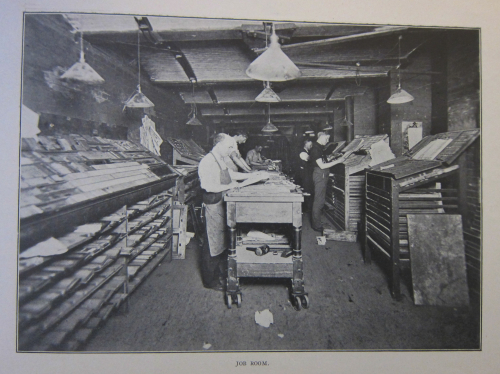
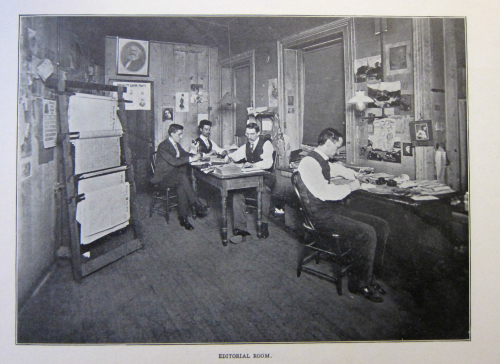
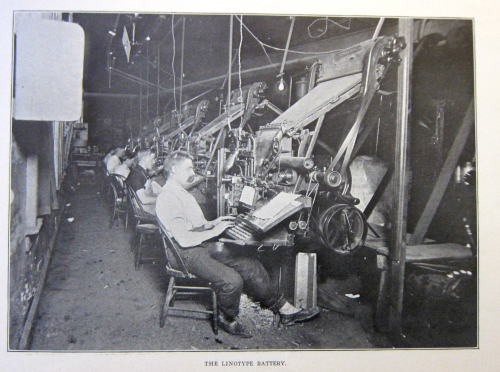
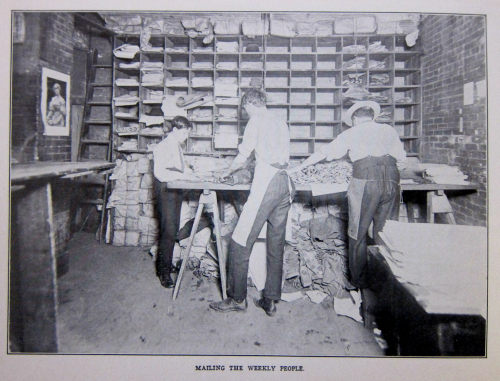
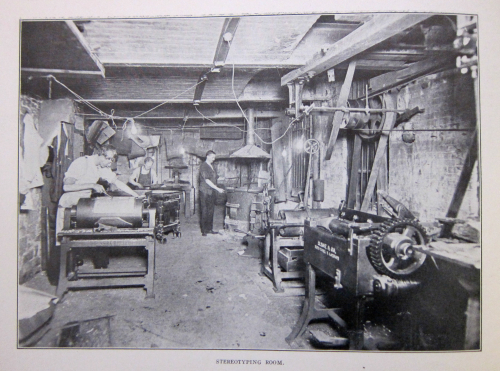
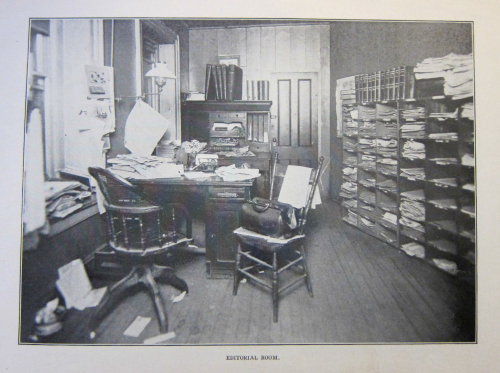
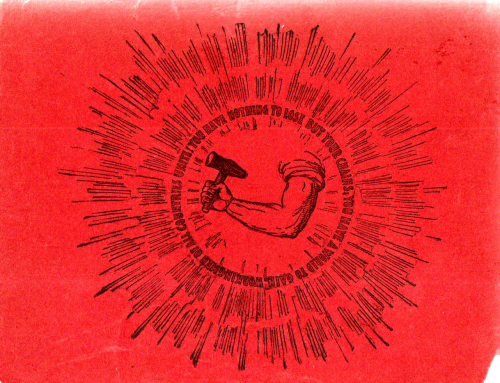
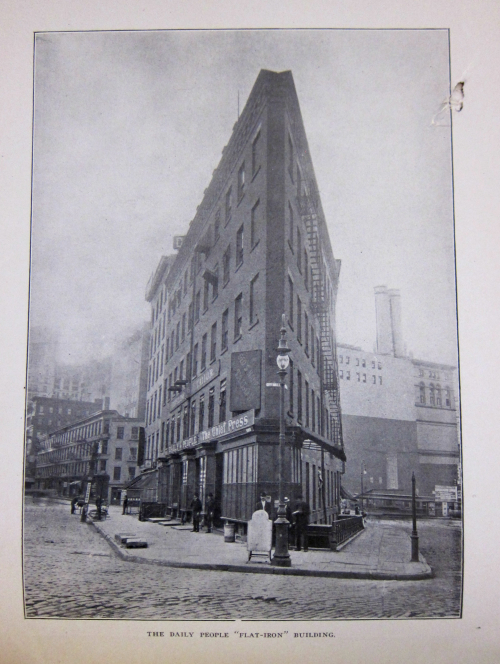

Comments